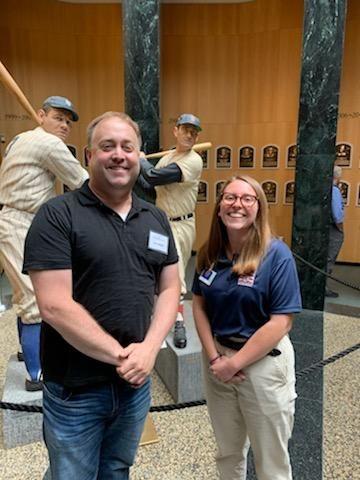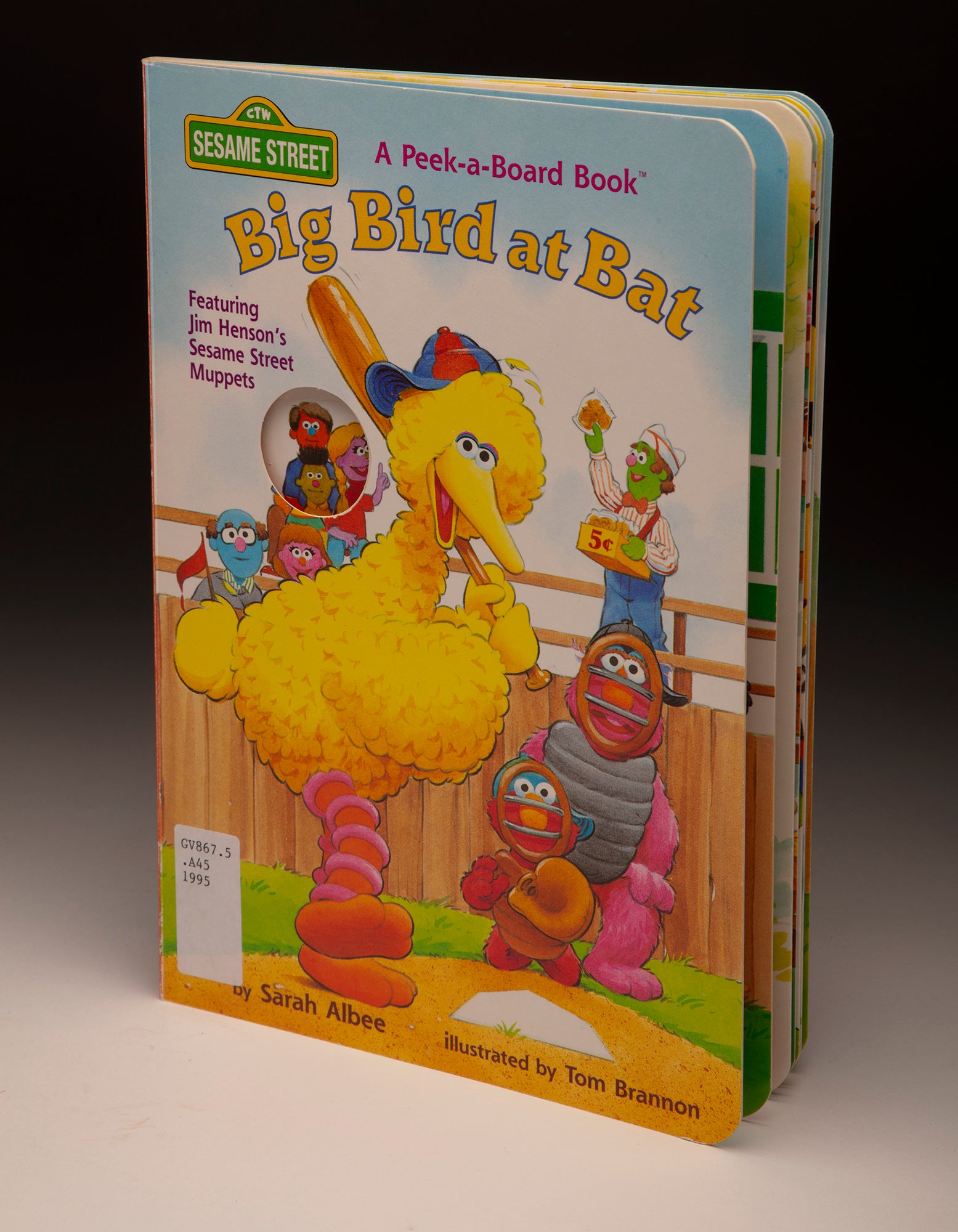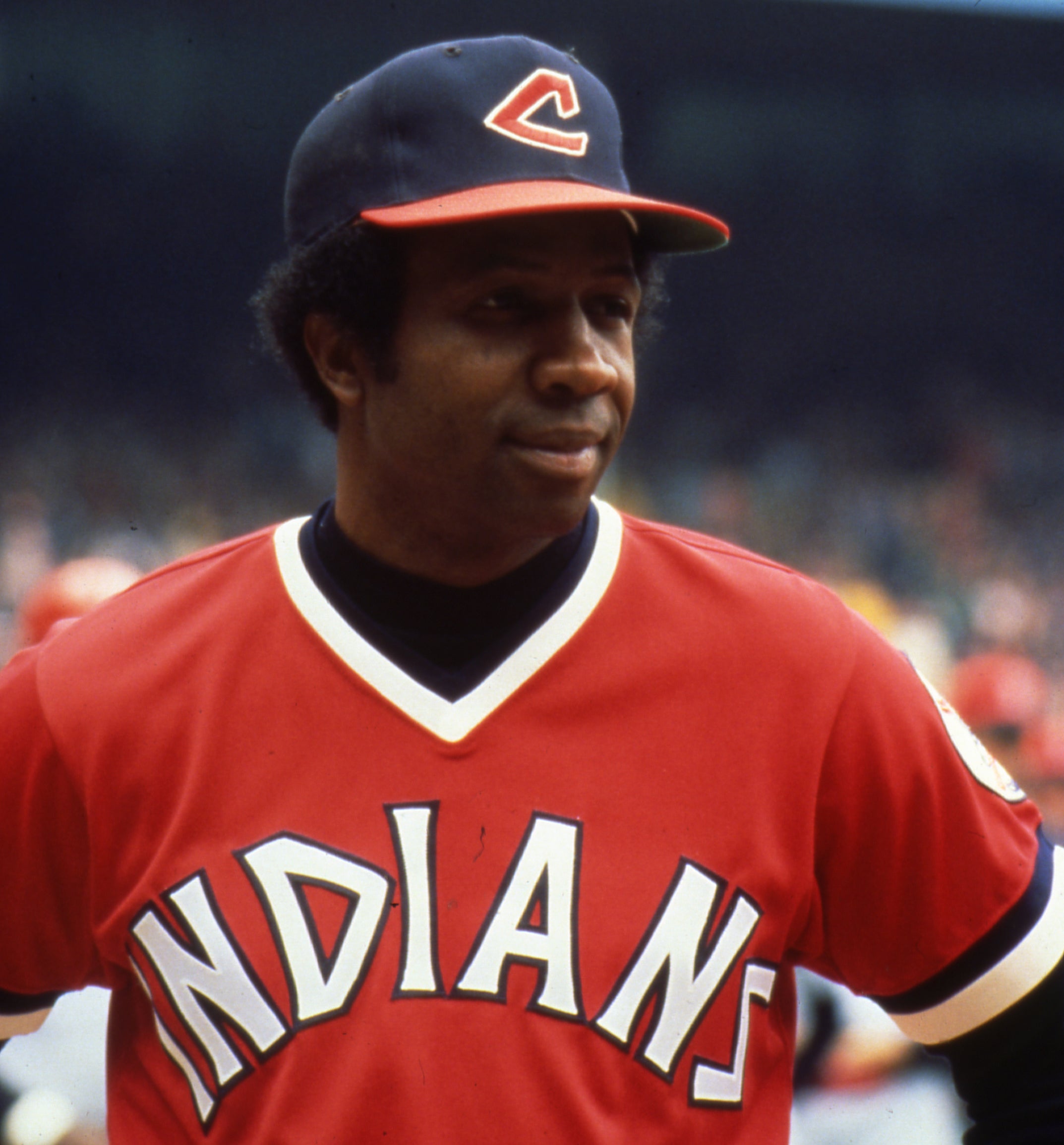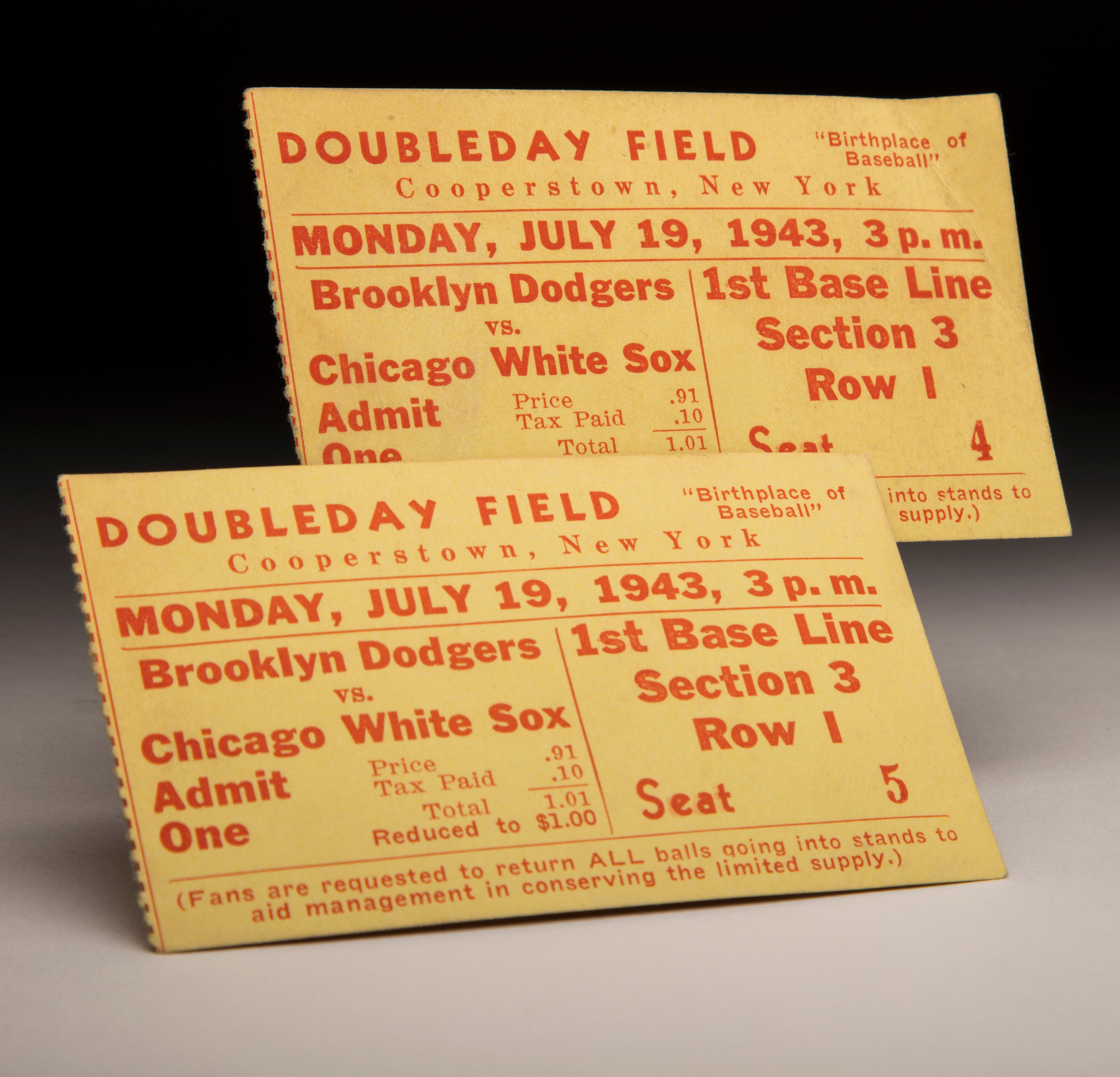- Home
- Our Stories
- Former Hall of Fame interns return for Cooperstown Symposium
Former Hall of Fame interns return for Cooperstown Symposium
The 2022 Cooperstown Symposium on Baseball and American Culture included in its three days more than 60 presentations, three of which were given by former National Baseball Hall of Fame and Museum interns.
The returning trio – Adam Berenbak, Eric Poulin and Hanna Soltys – have embarked on successful careers thanks in part due to their summer spent awash in the game’s long history.
Coincidently, the 18-member Class of 2022 for the Frank and Peggy Steele Internship Program for Youth Leadership Development began the same week as the Symposium.
Now in its 20th year – and after a two-year in-person break due to COVID-19 – the 10-week Steele Internship Program allows the college students to study in a variety of disciplines at the National Baseball Hall of Fame and Museum. Since it began in 2001, more than 400 interns have worked at the Hall of Fame.
The 33rd Cooperstown Symposium on Baseball and American Culture, held June 1-3 at the Hall of Fame, is arguably the country’s preeminent academic baseball conference. Known more for its presentations on baseball off the field, tackling such subjects as art, music, poetry, literature, economics and architecture – to name a few – it provides a unique platform for men and women from around the country to discuss baseball and its relation to society.
Be A Part of Something Greater
There are a few ways our supporters stay involved, from membership and mission support to golf and donor experiences. The greatest moments in baseball history can’t be preserved without your help. Join us today.
Berenbak was a Steele intern back in 2008 working in the Hall of Fame Library in technical services. Today, he’s an archivist with the Center for Legislative Archives, which is part of the National Archives in Washington, D.C. His Symposium presentation was entitled: “Herb Hunter’s 1922 Tour of Japan and the Film that Almost Was”.
“Interning at the Hall of Fame really opened doors when I was looking for jobs. It is something that pops out when somebody looks at it on your resume or just talk about it in an interview setting. It sticks out in somebody’s mind,” Berenbak said. “The reason why I love baseball is because it kind of seeps through all different genres and walls and cultures. Whenever you talk to somebody and baseball comes up, it’s something that’s still part of their life and part of their experience.”
Berenbak’s Hall of Fame internship involved, for the most part, processing archival collections. But he also spent time working at the library’s reference desk helping patrons and researchers, which he described as “sort of my bread and butter because that’s mostly what I do now. I’m a reference archivist, so I help anybody who’s coming into the archives to try to find what they’re looking for.”
A student at North Carolina Central University when he got the news he had been accepted for his Hall of Fame internship, he was familiar with Cooperstown from family trips from their New Jersey home as a child.
“I’ve always been a big baseball fan, but it’s more baseball nerd since I was very little. I was into baseball and I played baseball and I loved going to games, but I became very early on a Brooklyn Dodgers fan and collected old cards,” Berenbak said. “When I was eight years old and the baseball card boom was happening and all my friends wanted 1987 Topps, I wanted 1957 Topps.”
Looking back, Berenbak looks on his Hall of Fame internship as a great experience.
“It was 100 percent a positive, but even then I didn’t care because I still had so much fun. To me it was really just a matter of getting the training and learning about the archival world,” he said. “So a win-win.
“I will tell you my favorite moment. That year Jackie Robinson’s plaque was updated to reflect the importance of his integration of the game. They held a ceremony and Rachel Robinson attended it and I was able to be here to hold the door for her and move about the ceremony. Obviously I wasn’t a part of it and I wasn’t really involved in it at all, but even just to be on the very fringe of something like that was amazing.”
Poulin, a Steele intern in 2002 working in the Hall of Fame’s Giamatti Research Center, is currently a Professor of Library and Information Science at Simmons University in Boston.
“The internship was really just an incredible thing,” he said. “I literally just got an email that spring and it said the Hall of Fame was looking for research interns. And I was like, ‘Wait a minute. You can be a baseball librarian? That’s something that exists?’ So I hopped right on it and came here that summer.”
Attending the University of Rhode Island at the time, Poulin looks back fondly on those early days of the internship program.
“I got academic credit to answer questions about baseball. I had a great experience of working with a lot of researchers and a lot of great baseball fans,” Poulin said. “Great story: A small girl approached the desk once and asked me who led the National League in putouts by a catcher in 1965. I looked it up and said it was Tom Haller. And she turned and said, ‘Hey, Grandpa, I guess you’re in the Hall of Fame.’ It was hilarious.”
Later on Poulin would realize how much the Hall of Fame internship would mean to his future.
“I’ll say probably 95 percent of the job interviews that I got were because they saw…Baseball Hall of Fame. People wanted to talk about it because it was something interesting,” Poulin said.
“I tell my students all the time to do something that will set you apart from the pack. Once I got those interviews, it was up to me to sink or swim. But absolutely, when people saw that I interned at the Baseball Hall of Fame, they were like: ‘This guy could potentially be interesting. Let’s talk to him.’ They wanted to talk about what the experience was like, but then I had to sell myself in other ways. But that absolutely opened most of the big doors of the early part of my career.”
Poulin’s Symposium talk was “Miracle on Beech Street: A History of the Holyoke Millers, 1977-1982”. He grew up 10 minutes from the Double-A team’s ballpark.
“I thought it’d be a significant thing for me – 20 years after being an intern – to come back and to talk about not only the impact the Hall of Fame had on me, but the impact that our minor league baseball team had in my town,” Poulin said. “The first thing that I said to the first group of interns was about my first experience here. I had been an intern here for a week and it was Memorial Day and there was a big event honoring Hall of Fame members who had been in the service.
“The event is in the Plaque Gallery and the Hall of Famers are coming in for the ceremony. And Warren Spahn, who was one of my father’s heroes, stops, points at me, looks at me and says, ‘Hey, would you look at that guy?’ I go into a panic attack. I just got here. What did I do? And I realized his plaque is right over my shoulder. He wasn’t pointing to me at all. I shared with the interns that moment of panic, telling then that nothing’s going to be as bad or as nerve-wracking I hope for them as that moment was for me.”
For Soltys, being an intern at the Giamatti Research Center in 2017 has led to her current position as a reference librarian in the Prints and Photographs Division at the Library of Congress.
“After my Hall of Fame internship I actually went and worked with the Boston Red Sox for a semester,” she said. “I went to the Library of Congress in 2018 as part of their inaugural Librarians in Residence program for recent grads, received a full time job offer six months later, and I’ve been there ever since.”
Soltys was attending Simmons College when she got news of the Hall of Fame internship, a period she looks back on fondly.
“Just being able to get an understanding of how special collections work. They’re all different types of materials that are here at the Hall of Fame. Everything from 3D objects to papers to negatives, like really trying to understand that there are different ways that we maintain and preserve these types of records, different ways we use them,” Soltys said. “And just seeing the hands-on preservation, conservation work, all the different types of hats that staff here wear just because it’s such a lean team. And then going to the Library of Congress where it’s quite massive and there are certain roles that are responsible for that type of work. But I think being able to be exposed to all of that is really one of the great things about the internship.”
Soltys’ Symposium presentation was titled: “Putting Library Collections in the Game”, about a project she worked on during the pandemic.
“When the Library of Congress had to shift to remote work, we were having a difficult time trying to find work to do remotely. But the Library of Congress had recently started utilizing a new software platform called Story Maps. And then I pitched a project to create a story map on our baseball cards that we have in the Library of Congress,” Soltys said. “And then once the Cooperstown Symposium came around again, I submitted to apply for it talking about the story map that I created and how interactive it is and how it really allows us to connect with different types of audiences. And you don’t have to be at the library to view that piece of content.”
While Soltys joked that being back at the Hall of Fame was bittersweet “knowing that you can’t just kind of walk in and do your own thing,” she did cherish revisiting old haunts.
“It’s really great to walk by Doubleday Field and think, ‘Oh, remember when we held this event there?’ Even just walking down Main Street and seeing the places that we used to stop at along the way, it’s still very special five years later.”
As for any advice she would give to members of the incoming class of Hall of Fame interns, Soltys said she would tell them to seek out experiences aside from the ones that they’re assigned to.
“Just because you’re in public programs or in manuscript archives doesn’t mean you can’t get exposed to other parts of the Museum and staff,” Soltys said. “I found a lot of staff were more than willing to sit down and talk with you for 20 minutes just about their job and how they got here. That is something that I think is very valuable as you continue to grow in your career.”
Bill Francis is the senior research and writing associate at the National Baseball Hall of Fame and Museum










